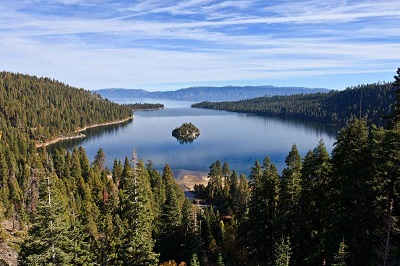Unit 11: Science and the Environment
Unit 11: Science and the Environment

Unit 11: Science and the Environment
Unit 11: Science and the Environment
What is an Ecosystem?
An ecosystem includes all living things (plants, animals, and organisms) in a given area, interacting with each other and their non-living environments (weather, earth, sun, soil, climate, atmosphere). Ecosystems are the foundations of the Biosphere and they determine the health of the entire earth system.
Each organism has its niche or role in an ecosystem.
Consider a small puddle at the back of your home. You may find all sorts of living things in it, from microorganisms to insects and plants. These may depend on non-living things like water, sunlight, turbulence in the puddle, temperature, atmospheric pressure, and even nutrients in the water for life.
This very complex, wonderful interaction of living things and their environment has been the foundation of energy flow and the recycling of carbon and nitrogen.
Anytime a ‘stranger’ (living thing(s) or external factor such as a rise in temperature) is introduced to an ecosystem, it can be disastrous. This is because the new organism (or factor) can distort the natural balance of the interaction and potentially harm or destroy the ecosystem.
Vocabulary
Lesson Reading

